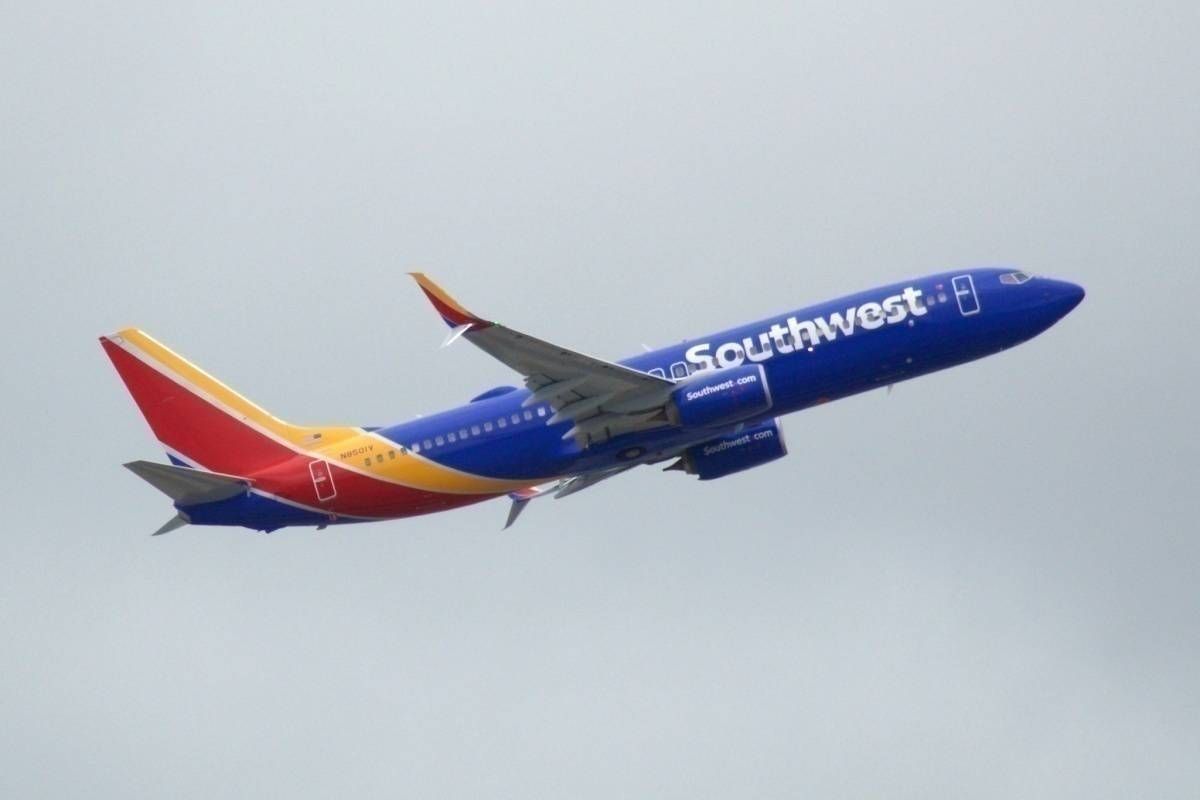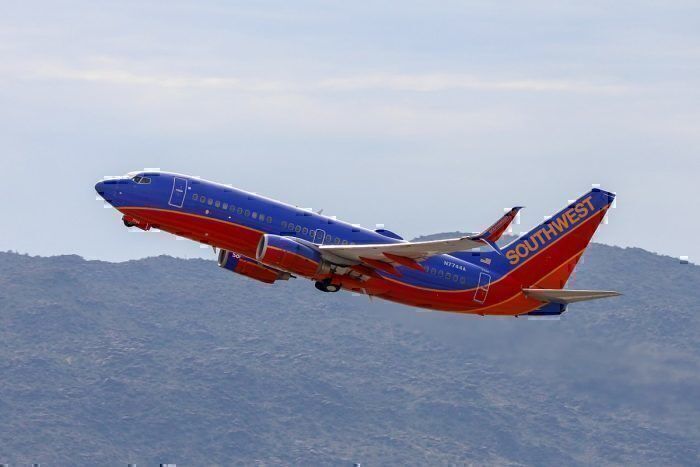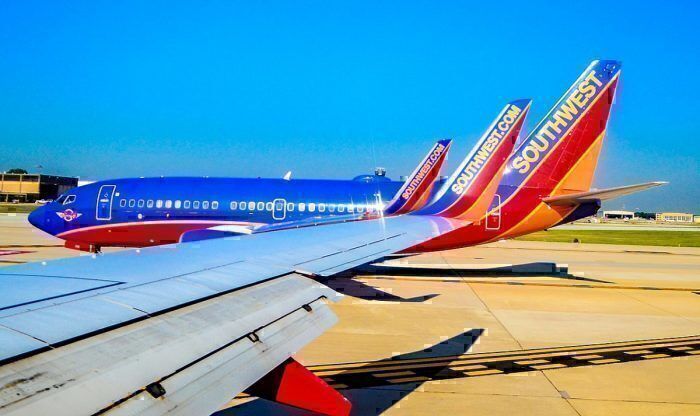Federal authorities have launched an investigation to uncover the cause of a crack which developed in the fuselage of a Southwest Airlines Boeing 737 mid-flight on Monday. The crack led to a gradual loss of cabin pressure and forced the pilots to make an emergency descent.
Earlier today, the Federal Aviation Administration announced it is investigating a crack in the fuselage of a Southwest Airlines Boeing 737.
What happened?
On Monday, the aircraft in question was travelling from Las Vegas, Nevada to Boise, Idaho when the crew detected a loss of cabin pressure. According to reports by ABC News, the crew began a rapid descent from 39,000 feet to 22,000 feet in the space of 6 minutes when the air pressure drop was detected.
After the aircraft had completed its descent to 22,000 feet, the cabin pressure issue was resolved, allowing the aircraft to continue to its flight to Boise without further incident.
No passengers or crew sustained any injuries. According to Southwest Airlines spokeswoman, Michelle Agnew, "The aircraft did not incur a rapid depressurization, masks were not deployed, and the aircraft did not require a diversion to maintain safety of flight."
The post-incident investigation
Upon landing, the aircraft was inspected at a maintenance facility. According to the Federal Aviation Administration, a 12-inch crack was discovered in the skin of the aircraft, just behind the cockpit. Southwest Airlines says the aircraft is currently being repaired.
At the moment, the exact cause of the crack is unclear, but there are a couple of different possibilities that the FAA is considering as part of its investigation. The first is that Southwest Airlines did not follow correct safety procedures during routine aircraft inspections. If the aircraft's exterior skin was not inspected within the 1,500-flight guidelines, the crack may have escaped detection and developed to the extent seen in Monday's decompression.
A second, less likely possibility is that the crack is the result of a manufacturing flaw. If this is the case, the crack could have caused a much more serious incident if it were any larger. A rapid decompression could easily have ended in catastrophe, which is why the FAA is eager to get to the bottom of the incident.
Similar incidents in the past
As reported by Fox 5 New York, Monday's incident isn't the first time Southwest has experienced issues with the fuselage skin of its aircraft. In fact, there have been two other similar incidents in recent years that have brought Southwest Airlines under scrutiny for its maintenance procedures.
In 2011 a Southwest Airlines Boeing 737 experienced a particularly concerning incident when a five-foot hole opened up mid-flight. This incident was also attributed to cracks in the aircraft's fuselage, similar to those discovered in the aircraft involved in Monday's incident. However, the 2011 incident was much more serious, forcing the aircraft to make an emergency landing rather than just descending to a lower altitude.
Depending on the outcome of its investigation, the FAA may recommend that the inspection schedule guidelines for fuselage cracks on the Boeing 737 be reduced to fewer than 1,500 flights.



